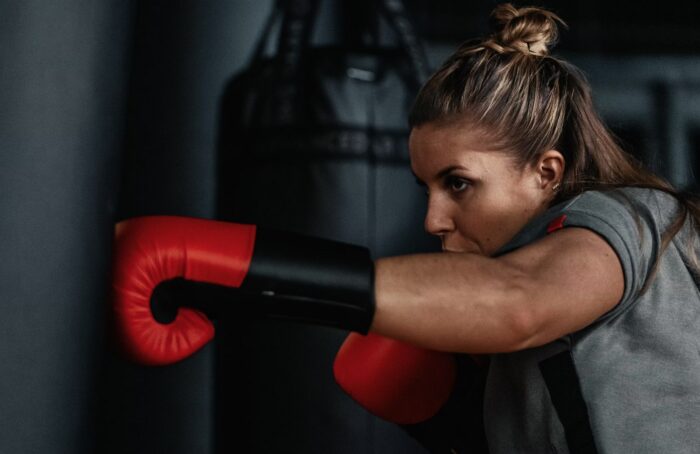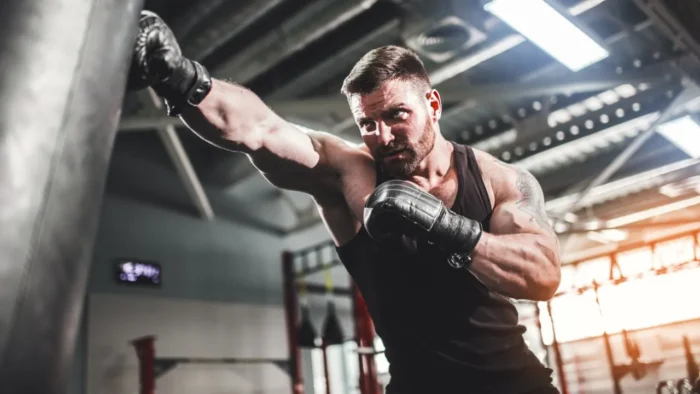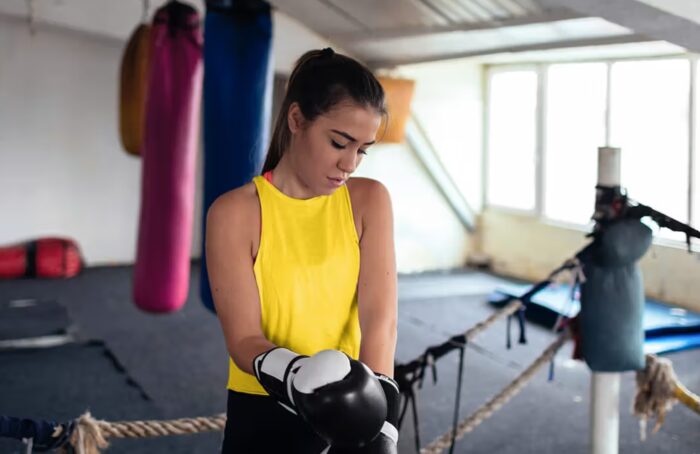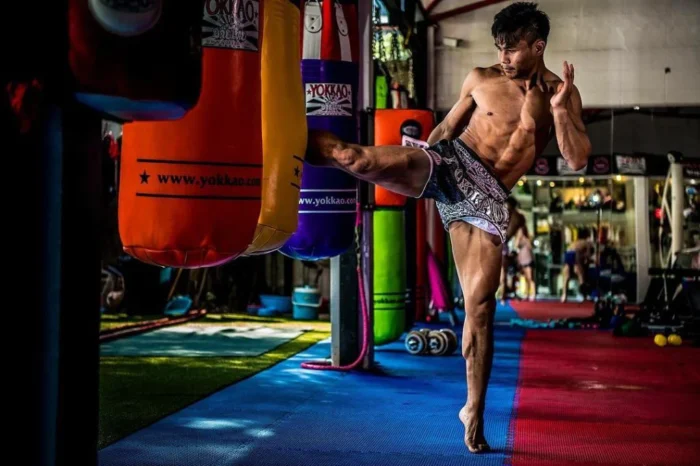
Punching bags have long been a fundamental tool in the world of sports and fitness training. These versatile and durable training aids serve various purposes, from honing boxing and martial arts skills to providing an intense cardiovascular workout. Whether you’re a seasoned fighter looking to refine your technique or someone seeking a dynamic and engaging way to stay in shape, the right punching bags offer an effective and satisfying means to achieve your goals.
Punching bags come in different shapes, sizes, and materials, each tailored to specific training objectives. They are not limited to just boxers or martial artists but can benefit anyone seeking an outlet for stress relief and physical fitness. This introduction will delve into the various types of punching bags and their advantages, as well as the techniques and safety considerations to keep in mind when using them whether you’re a beginner looking to explore the world of combat sports or a fitness enthusiast seeking a challenging and satisfying workout.
Before exploring the techniques of using a punching bag, we will learn about the types of punching bags for a better understanding.
Heavy Bag: Large, cylindrical bag for developing power, strength, and endurance. Available in various weights for different training goals.
Speed Bag: Small, air-filled bag used to improve hand-eye coordination, rhythm, and punching speed.
Double-End Bag: Pear-shaped bag suspended by elastic cords, ideal for accuracy, timing, and defensive skills.
Uppercut Bag: Elongated bag designed for practising uppercut punches and body shots, allowing work on angles and targeting specific areas.
Maize Bag: Tear-shaped bag filled with materials for practising hooks and precision punches, enhancing targeting and muscle memory.
Wrecking Ball Bag: Round bag for practising hooks, uppercuts, and body shots, offering a realistic target for close-range combat techniques.
Aqua Bag: Filled with water, providing impact absorption while being forgiving on hands and joints. Comes in various shapes and sizes.
Wall-Mounted Bag: Versatile bags affixed to walls or beams, suitable for limited space, customisable for different punching and striking drills.
Using a punching bag effectively requires proper technique and form to maximise the benefits while minimising the risk of injury. If you’re a beginner, here are some essential tips on the proper techniques and form for using a punching bag:

1. Hand Wrapping and Protection:
Before you start using a punching bag, it’s crucial to protect your hands and wrists. Use hand wraps or wear appropriate boxing gloves to prevent sprains, fractures, and skin abrasions. Proper hand protection is your first line of defence against injuries.
2. Stance:
The way you position your body forms the foundation of your punching technique. Follow these steps for a proper stance:
Stand with your feet shoulder-width apart.
If you’re right-handed, place your left foot forward, and vice versa (orthodox stance). This is your “lead” foot.
Bend your knees slightly to give you balance and mobility.
Keep your weight centred and distributed evenly between your legs. Don’t lean too far forward or backwards.
3. Hand Position:
Your hands should be in a “guard” position to protect your face from incoming punches. Here’s how to position your hands:
Keep your lead hand (the hand corresponding to your front foot) close to your face, with your palm facing down and your fingers relaxed.
Your rear hand should be slightly lower, close to your chin, and your palm facing inward.
Maintain your elbows close to your body to protect your ribs and maintain a tight guard.

4. Basic Boxing Punches:
The four fundamental punches in boxing are the jab, cross, hook, and uppercut.
Jab: Extend your lead hand quickly and fully, rotating your shoulder and hip for power. Bring it back to your guard position after the punch.
Cross: Use your rear hand to punch straight across your body, while pivoting on your back foot and rotating your hips to generate power.
Hook: Bend your elbow at a 90-degree angle, and swing your fist in a circular motion to the side of the bag. Rotate your hips and pivot your lead foot.
Uppercut: Bend your knees slightly, pivot on your lead foot, and come up from underneath the bag with a punch using your rear hand.
5. Breathing:
Proper breathing is essential for maintaining your energy and power during your punching bag workout. Exhale forcefully with each punch. Inhale when you retract your punch and breathe rhythmically to avoid holding your breath.
6. Pace and Rhythm:
Start with a slow and controlled pace, concentrating on technique and accuracy. As you gain confidence and skill, gradually increase the speed and intensity of your punches. Maintain a rhythmic flow and avoid wild flurries.

7. Focus on Accuracy:
Instead of mindlessly hitting the bag, aim for specific target areas. This practice improves your precision and targeting, essential skills in combat sports. Visualise an opponent in front of you and aim your punches accordingly.
8. Footwork:
Don’t stand still in one spot while punching the bag. Move around it to practice maintaining balance and adjusting your position. Use small steps to change angles, create openings, or evade a counterattack. Good footwork is key to becoming an effective boxer or martial artist.
9. Defense:
Incorporate defensive manoeuvres into your bag work. Practice slipping (moving your head to the side to avoid punches), weaving (moving your head in a circular motion), and blocking (using your guard to protect against incoming punches). As the bag swings back, work on your defensive skills to simulate real combat scenarios.

10. Rest Intervals:
During your training, take short breaks between rounds to catch your breath and recover. These brief rest intervals allow you to maintain your form and avoid overexertion, helping you stay safe and prevent exhaustion.
11. Listen to Your Body:
Pay close attention to how your body feels during the workout. If you experience pain, discomfort, or strain in your wrists, shoulders, or any other body part, stop and assess your form and technique. It’s essential to avoid overloading your muscles and joints, especially as beginners.
12. Warm-Up and Cool-Down:
Always start your workout with a proper warm-up, which includes light stretching and a few minutes of cardio exercises like jumping jacks or jogging in place. After your workout, engage in a cool-down routine and perform stretching exercises to prevent muscle stiffness and soreness.

Conclusion
In conclusion, mastering the proper techniques and form for using a punching bag is not only essential for a safe and effective workout but also a gateway to improving your fitness, strength, and combat sports skills. As a beginner, it’s crucial to start with the fundamentals, such as hand protection, stance, and basic punches, before progressing to more advanced techniques. So, grab your gloves, step up to the bag, and enjoy the satisfying and empowering experience of honing your craft and pushing your limits with each punch.






